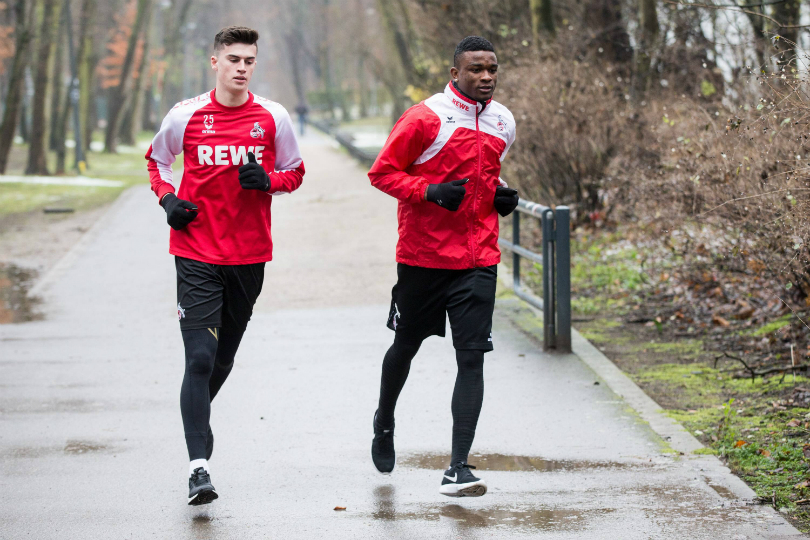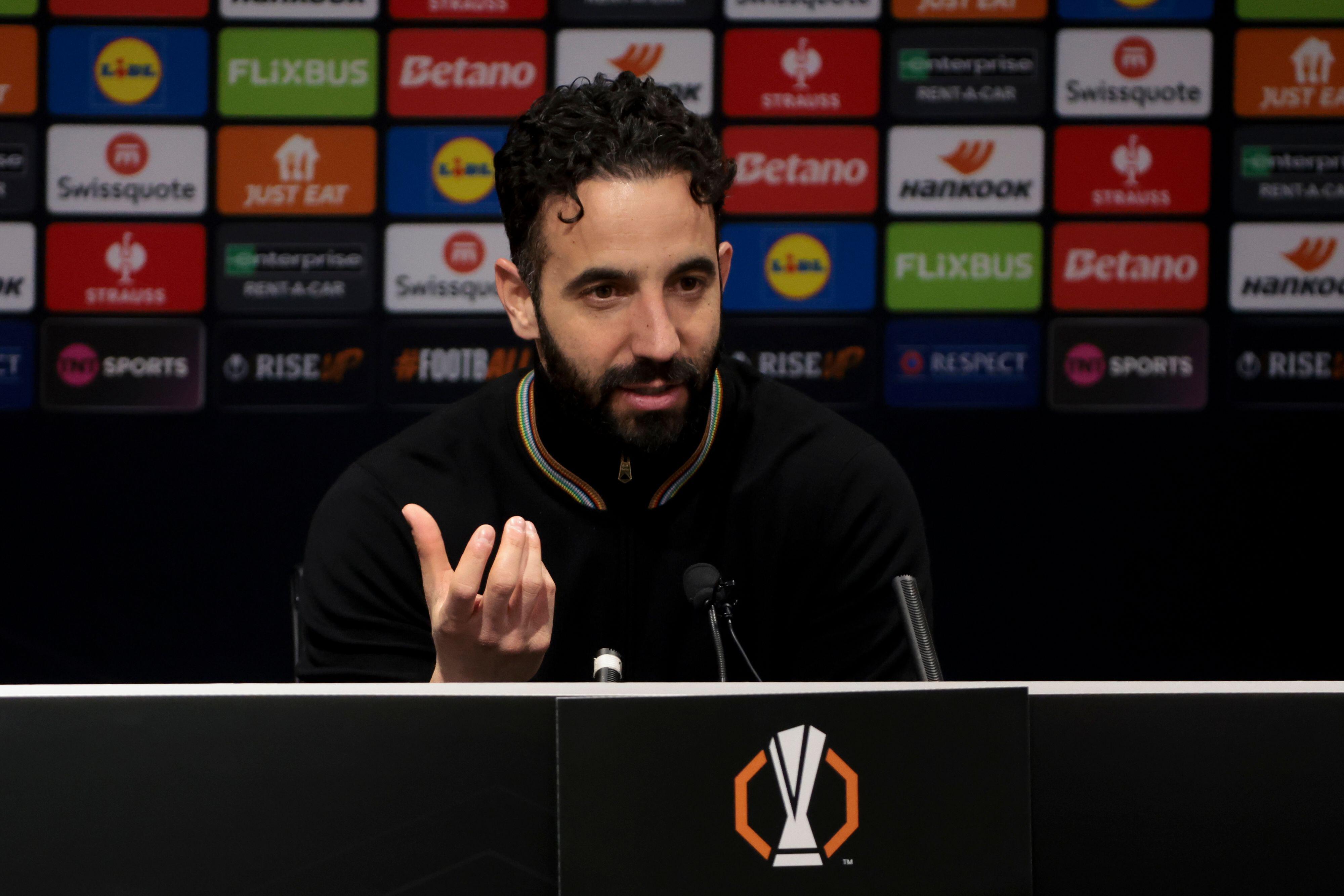How to avoid getting injured in the cold
Stop your muscles from freezing up with expert advice from Blackburn Rovers' head physio Andy Mitchell

So how exactly does the cold affect my body?
“Muscles, tendons and joints lose a fraction of their mobility when it’s cold, which causes them to feel tight and stiff. Once they are cold the elasticity of the tissue and movement in those structures are impaired, slowing down a player’s ability to twist and turn, increasing the risk of injury. During a cold snap players usually strain muscles, twist knees and ankles, and aggravate existing injuries.”
How can I avoid injury?
“Warm up for longer during the winter months. If you ask your body to perform dynamic movements in the cold it can put you at risk of straining a muscle. You need to do more to loosen them up and get the blood flowing so you have a full range of movement. In the summer, when temperatures are higher, players can warm up quicker and go into fast, dynamic work sooner.”
Am I A wimp if I wrap up?
“No. A lot of heat is lost through the head and the neck area, so wearing a scarf or a snood is a great way to trap heat and keep the body warm. Your feet and hands feel the cold first so extra socks and gloves are also a good idea. Base layer and leggings allow a full range of movement and provide warmth. Warm muscles contract more smoothly, increasing their elasticity.”
From sub-zero to winter hero
Get FourFourTwo Newsletter
The best features, fun and footballing quizzes, straight to your inbox every week.
Whether it’s wearing the right gear or shrugging off the January blues, FFT’s essential guide to playing in Arctic conditions will ensure you deliver your hottest cold-weather performance yet
Recommended for you:
Deliver your hottest winter performance
